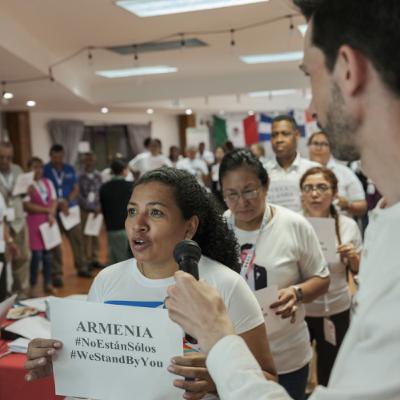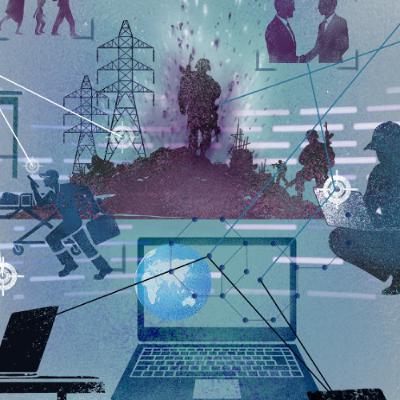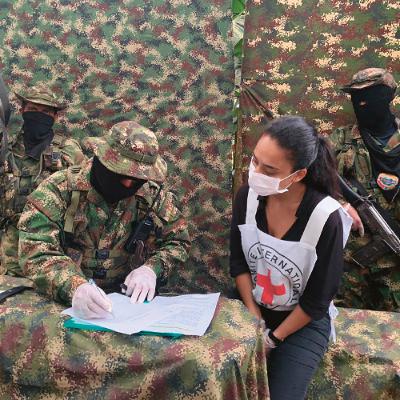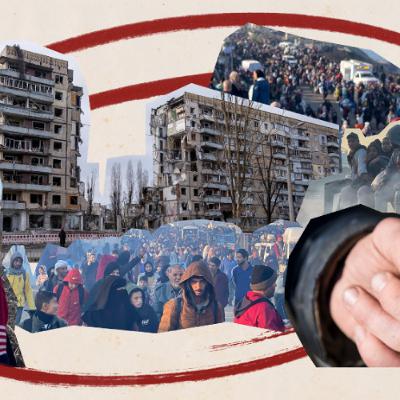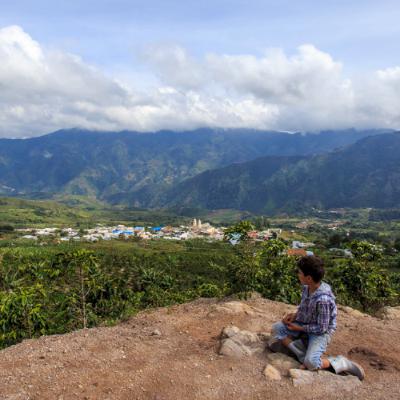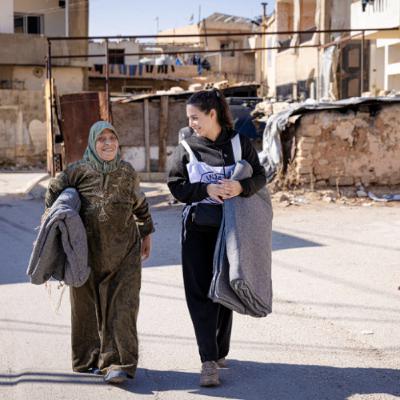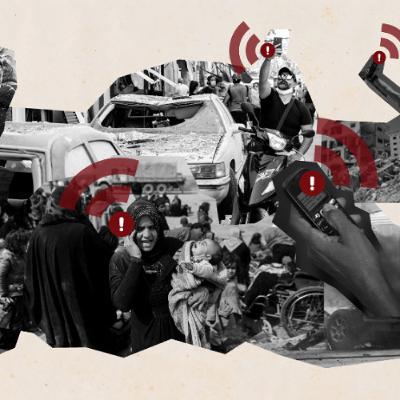An evitable catastrophe: reclaiming humanity from the nuclear brink
Update: 2025-08-07
Description
On August 6th and 9th 1945, Hiroshima and Nagasaki became the first – and so far only – targets of nuclear weapons in warfare, killing over 100,000 people instantly and devastating countless lives for decades to come. The humanitarian consequences of such weapons are unmatched in scale and severity. While legal and ethical arguments against the most horrendous weapons have existed since the 19th century, nuclear arsenals remain active and are even expanding, as global discourse shifts away from nuclear disarmament toward renewed reliance on deterrence.
In this post, ICRC Policy Adviser Dominique Loye traces the evolution of legal and humanitarian objections to nuclear weapons, from the 1868 Saint Petersburg Declaration to the Treaty on the Prohibition of Nuclear Weapons (TPNW). He argues that despite hopeful legal and diplomatic milestones, the world is once again drifting towards catastrophe. With the 2026 Treaty on the Non-Proliferation of Nuclear Weapons (NPT) Review Conference on the horizon, the time is now to reframe global security around humanity – not annihilation – and to take urgent, collective steps to reduce nuclear risks and prevent their use.
In this post, ICRC Policy Adviser Dominique Loye traces the evolution of legal and humanitarian objections to nuclear weapons, from the 1868 Saint Petersburg Declaration to the Treaty on the Prohibition of Nuclear Weapons (TPNW). He argues that despite hopeful legal and diplomatic milestones, the world is once again drifting towards catastrophe. With the 2026 Treaty on the Non-Proliferation of Nuclear Weapons (NPT) Review Conference on the horizon, the time is now to reframe global security around humanity – not annihilation – and to take urgent, collective steps to reduce nuclear risks and prevent their use.
Comments
In Channel



